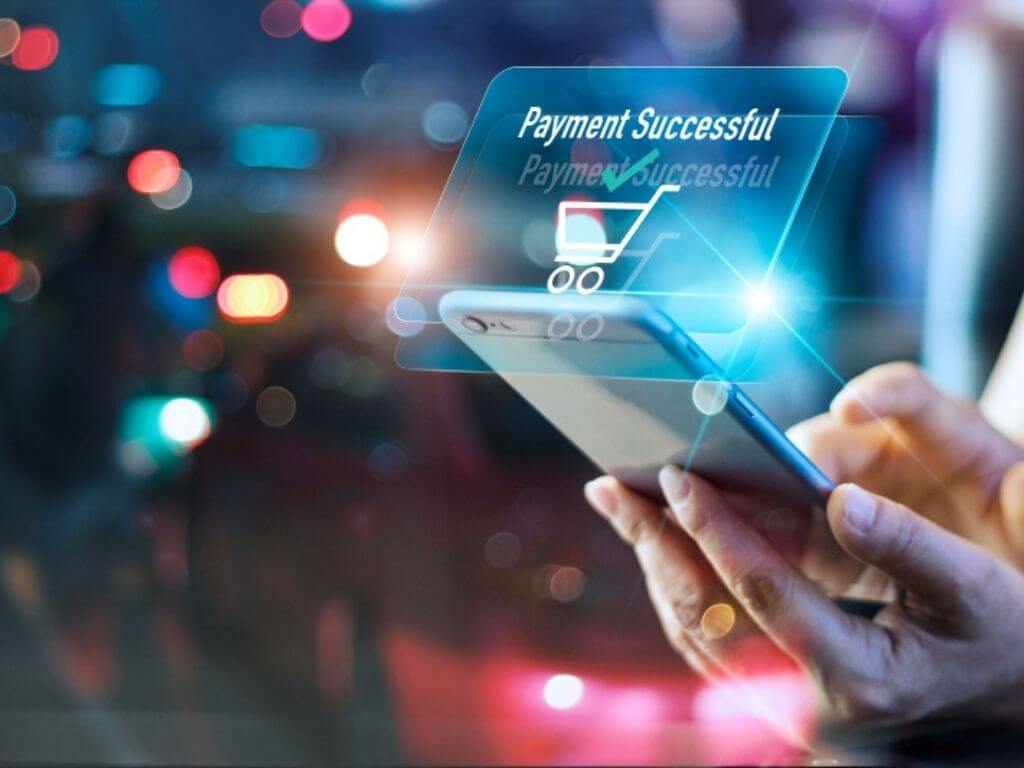Early on, many of us could only imagine the impact that COVID-19 would have on our immediate and long-term lives. What we could not predict as easily, was the duration of pandemic life and how changes that were once thought of as transitory would end up becoming permanent.
The way we pay is one of the most transformed habits of 2020. As we all became very sensitive to possible sources of spread by contact, new technologies replaced cash and cemented changes in consumer behavior.
To better understand what else we can expect, Mastercard and Americas Market Intelligence conducted surveys in 13 countries in the Latin American and the Caribbean region. The results reflect an increase in financial services, new consumer habits, and the ways in which companies will have to adapt to a new ecosystem generated by the pandemic.
- With the increased digitalization of everyday life, e-commerce became the way to buy, both physical things, and different forms of at-home entertainment. Before the pandemic, approximately 45% of Latin Americas made an online transaction. After the pandemic, that figure managed to almost double to 83%. While credit was reported to be the payment method used most often online, it is followed closely by debit, which is projected to be the fastest growing payment method for e-commerce volume through 2023, according to AMI.
- The use of cash, which is endemic in Latin America and the Caribbean for cultural and practical reasons, has widely decreased in recent months due to health measures, and social distancing. In fact, branch and ATM usage decreased among consumers and 62% reported using less cash due to COVID-19. Moreover, in both credit and debit cards, the use of contactless technology increased 40% during COVID-19.
As these changes stabilize, a new reality is drawn. Because of the economic uncertainty installed by the pandemic, this year consumers showed a more conservative management of their finances, which in turn, has an impact on how they will manage their financial future: 46% will focus on saving money, 44% of respondents value their future plans more than before the pandemic, and another 40% value their saving and finances more in general. In fact, banks and fintechs witnessed a general increase in account balances, even among low-income consumers, in part because of government subsidies.
Time with the family also is projected to be on the rise in 2021 as 1 out of 3 respondents shared that they will reduce their number of trips, the use of public transportation, and another 40% revealed that they will not participate in in-person sporting events. New digital habits will continue to make up for the decline in traditional social gatherings, which lost its value in the early days of the pandemic as many surveyed expressed their desire to spend more time at home.
The onset of social distancing measures organically elevated digital and financial inclusion in the region. While the massive wave of digitalization may have represented challenges at the beginning for both consumers, payment platforms, banks and small businesses, today it defines a reality that is here to stay. As we near the end of an unpredictable year in history, the new normal is no longer “new”.
Walter Pimenta is Senior Vice President for Product and Innovation, Latin America and the Caribbean, at Mastercard


